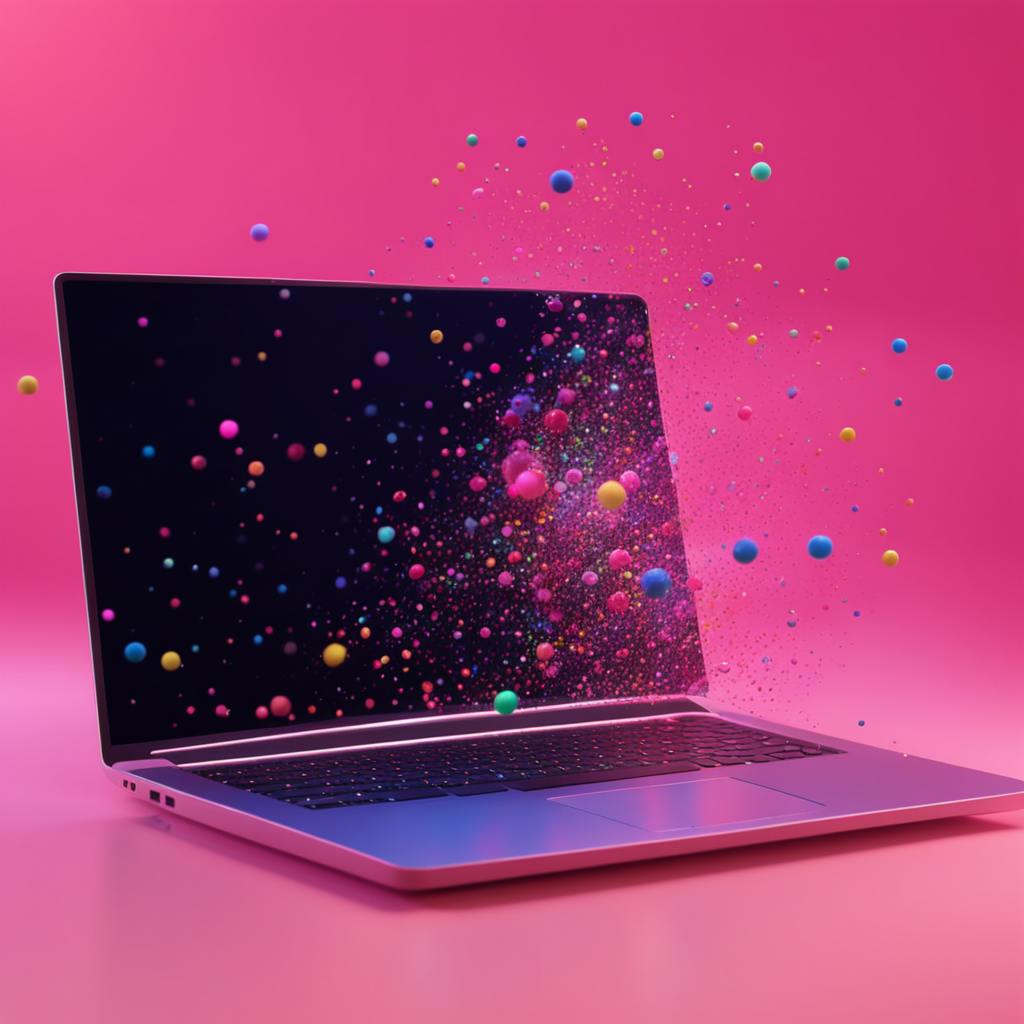In the competitive world of Software as a Service (SaaS), a high-converting SaaS landing page can be one of your most valuable assets. It’s far more than just another page on your site—it’s your first impression, a powerful conversion tool, and often the deciding factor in whether a visitor becomes a loyal customer. In this guide, we’ll walk you through everything you need to know about creating an effective SaaS landing page, from core design principles to proven best practices, plus answers to the most frequently asked questions.
Why is a SaaS Landing Page Important?
A SaaS landing page is far more than just another destination on your website—it’s a strategic tool built to turn visitors into paying customers or active users. By addressing your audience’s specific pain points and presenting a clear, direct solution, you can dramatically boost conversions and customer acquisition.
1. Objective and Purpose
The most effective SaaS landing pages have one clear goal: conversion. Whether that means getting users to sign up for a free trial, download a resource, or book a demo, your page should be laser-focused on guiding visitors toward that single action.
2. Keep It Simple
Overloading your landing page for SaaS with too much text or too many visuals can overwhelm users. Instead, focus on straightforward, benefit-driven messaging that communicates your value proposition quickly and clearly.
3. Deliver High-Quality Content
Use compelling copy, crisp visuals, and trust-building elements like:
- Clear, benefit-focused headlines
- Customer testimonials and reviews
- Action-oriented CTAs (Calls to Action)
These elements work together to create a page that draws users in and motivates them to take action.
4. Build Trust and Credibility
People are far more likely to convert when they trust your brand. Incorporate:
- Case studies showing real results
- Social proof (logos, ratings, awards)
- Video testimonials from happy customers
By blending clarity, simplicity, and credibility, your SaaS landing page becomes a conversion powerhouse.

AI made with Heather Crank
Key Components of a High-Performing SaaS Landing Page
1. Headline & Subheadline
- Clear & Engaging: Your headline should instantly convey the essence of your SaaS product and entice visitors to read more.
- Value Proposition: The subheadline should highlight what makes you unique and why users should choose you over competitors.
2. Hero Image or Video
- Visual Impact: Use a high-quality image or a short video that clearly demonstrates your SaaS product in action.
- Relevance: Ensure visuals directly relate to your service, showing its benefits or end results.
3. Features & Benefits
- Concise Bullet Points: Clearly list your core features and the value they bring.
- User-Focused: Emphasize how these features solve specific problems for your target audience.
4. Social Proof & Testimonials
- Customer Stories: Include real-life examples or testimonials to build credibility.
- Brand Logos: Display logos of reputable companies that use your SaaS solution.
5. Call to Action (CTA)
- Clear & Prominent: Make your CTA stand out visually and clearly state the desired action.
- Multiple Touchpoints: Place CTAs in key sections throughout the page for convenience.
6. Minimalist Design
- Less is More: Keep the layout clean to maintain focus on the CTA and essential information.
- Consistent Branding: Align the design with your brand’s overall style guide.
7. A/B Testing
- Optimize Performance: Continuously test different versions of your SaaS landing page.
- Data-Driven Adjustments: Use analytics to refine what works and remove what doesn’t.
Case Study: How Slack Optimized Their SaaS Landing Page for Conversions
When Slack launched its collaboration tool, their original landing page focused heavily on product features. After reviewing analytics, they found visitors weren’t engaging with the content as expected. By shifting to a benefit-driven approach, adding customer testimonials, and simplifying the signup process to just an email field, Slack saw a 31% increase in conversions.
They also incorporated:
- A clear headline that conveyed their main value proposition.
- High-quality visuals showing real teams using the platform.
- Prominent CTAs placed above the fold and repeated throughout the page.
This example shows that focusing on clarity, social proof, and ease of action can significantly boost the performance of any SaaS landing page.

AI made with Heather Crank
Frequently Asked Questions (FAQs) About SaaS Landing Pages
What is a SaaS landing page?
A SaaS landing page is a focused web page designed to convert visitors into customers or users. It highlights your Software as a Service (SaaS) product’s value through clear messaging, engaging visuals, and trust-building elements such as testimonials or case studies. The goal is simple: turn interest into action.
What are the key components of an effective SaaS landing page?
A high-converting SaaS landing page should include:
- Compelling Headline & Subheadline: Instantly communicate your value proposition.
- High-Quality Visuals: Screenshots, explainer videos, or product demos to show benefits in action.
- Social Proof: Testimonials, case studies, and brand logos for credibility.
- Clear CTA: Standout buttons guiding visitors to start a free trial, book a demo, or sign up.
- User-Friendly Design: Clean layout, mobile responsiveness, and fast load times.
- Trust Signals: Security badges, privacy policies, and guarantees to reduce hesitation.
How can I improve my SaaS landing page conversion rates?
Improving conversions involves a mix of design, copywriting, and optimization:
- Run A/B tests for headlines, CTAs, and layouts.
- Keep messaging clear, benefit-driven, and concise.
- Reduce distractions—focus attention on your main CTA.
- Use personalization for different audience segments.
- Add interactive elements like chatbots or live demos.
- Simplify lead capture forms to only ask for essential information.
What content works best on a SaaS landing page?
The most effective SaaS landing pages combine informative and persuasive content:
- Explainer Videos for quick, visual understanding.
- Product Demos or screenshots to show real features.
- Case Studies demonstrating real-world results.
- Testimonials & Reviews for authenticity.
- Feature Lists with Benefits to connect solutions to user needs.
- Industry-Specific Sections to target niche audiences.
An effective saas landing page FAQ should leave readers confident and ready to act. By focusing on clear answers, strong visuals, and trust-building elements, you address concerns while guiding visitors toward conversion.
Conclusion
An effective saas landing page is more than a digital storefront—it’s a conversion engine. By keeping your message clear, concise, and compelling while establishing credibility through social proof, you can transform casual visitors into loyal customers. The best-performing pages are those that stay laser-focused on the user, guide them toward a single desired action, and are continually refined based on performance data.
Start with proven saas landing page templates, then customize them to reflect your brand’s voice and your audience’s needs. With ongoing optimization and a user-first mindset, your landing page can become a cornerstone of your SaaS marketing strategy—driving higher conversions, stronger engagement, and long-term growth.

